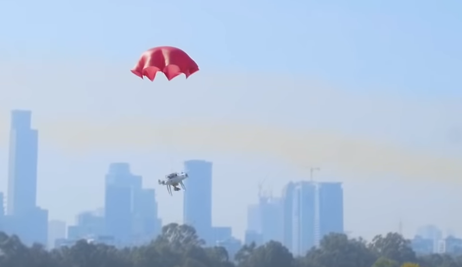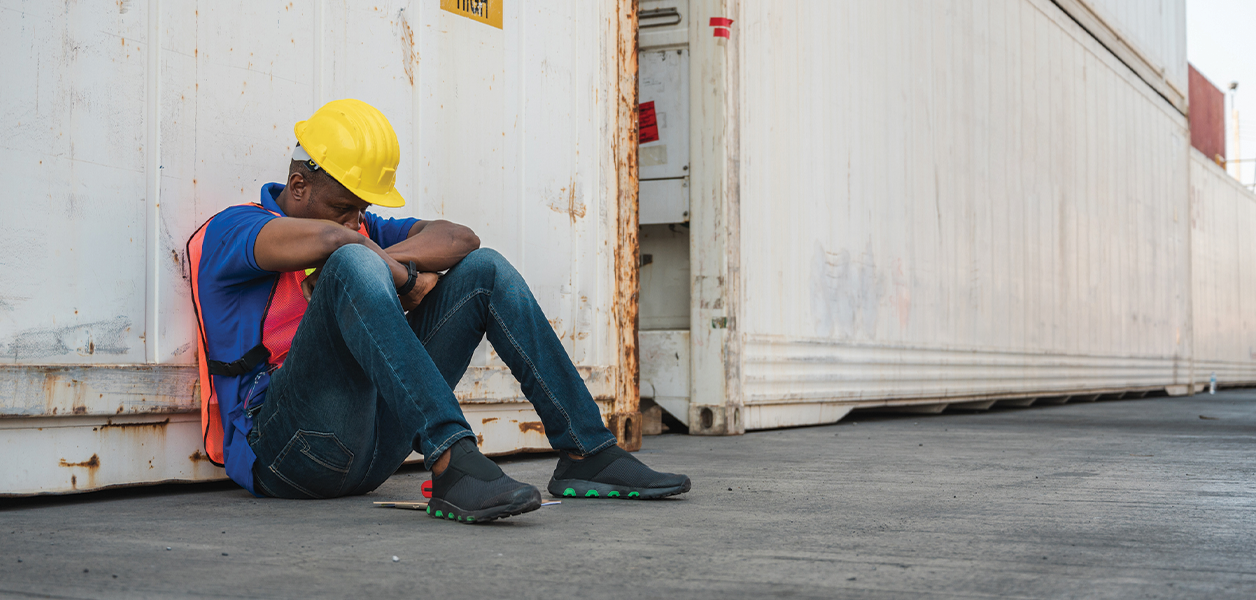General contractor Hensel Phelps won Federal Aviation Administration approval to fly over populated construction sites—the first such waiver granted to a company using parachute-equipped drones, according to www.constructiondive.com. Part 107 of FAA regulations typically prohibits operators from flying the small, unmanned aircraft over people without a waiver from the agency.
Using ParaZero’s SafeAir Parachute System, Hensel Phelps said it worked with the FAA for more than a year to ensure the drones met the agency’s safety concerns regarding operations over populated areas. The FAA said it is the first time it has collaborated with the construction industry to develop a public standard and then used that standard to issue a waiver under Part 107.
The FAA did not certify or approve a specific parachute system but said the ParaZero system is scalable and can be used by other applicants. However, any company applying for such a waiver still must provide testing data, documentation and a statement of compliance listed in ASTM3322-18—even if the firm is using the same drone-parachute combination.
Most contractors could find it useful to be able to fly drones over their job sites while workers are present, allowing them to make more observations regarding the work in progress. Richard Lopez, virtual design and construction manager for Hensel Phelps, told Commercial UAV News that even though the company secured a waiver, it still will avoid flying over people when possible and said its extensive safety protocols were part of the reason it won FAA approval.
When the FAA issued Part 107 regulations for drones in 2016, it stated operators could apply for exemptions to the rules. At the time, Nancy Egan, general counsel at Wing and formerly of 3D Robotics, said the initial rules likely would undergo revisions as industry applications of drones and new technologies expanded their possibilities. Egan predicted operations over people would be one of the most sought-after waivers.
Other restrictions at that time regarding the operations of drones weighing less than 55 pounds, which also have been subject to potential waivers, included:
- Operators must keep drones in their line of sight.
- A visual observer can be responsible for no more than one drone at a time.
- Drone operations are allowed in daylight hours only, including 30 minutes before official sunrise and 30 minutes after official sunset.
- Maximum drone speed is 100 mph.
- The maximum allowable altitude is 400 feet above the ground and higher if the drone remains within 400 feet of a structure.





